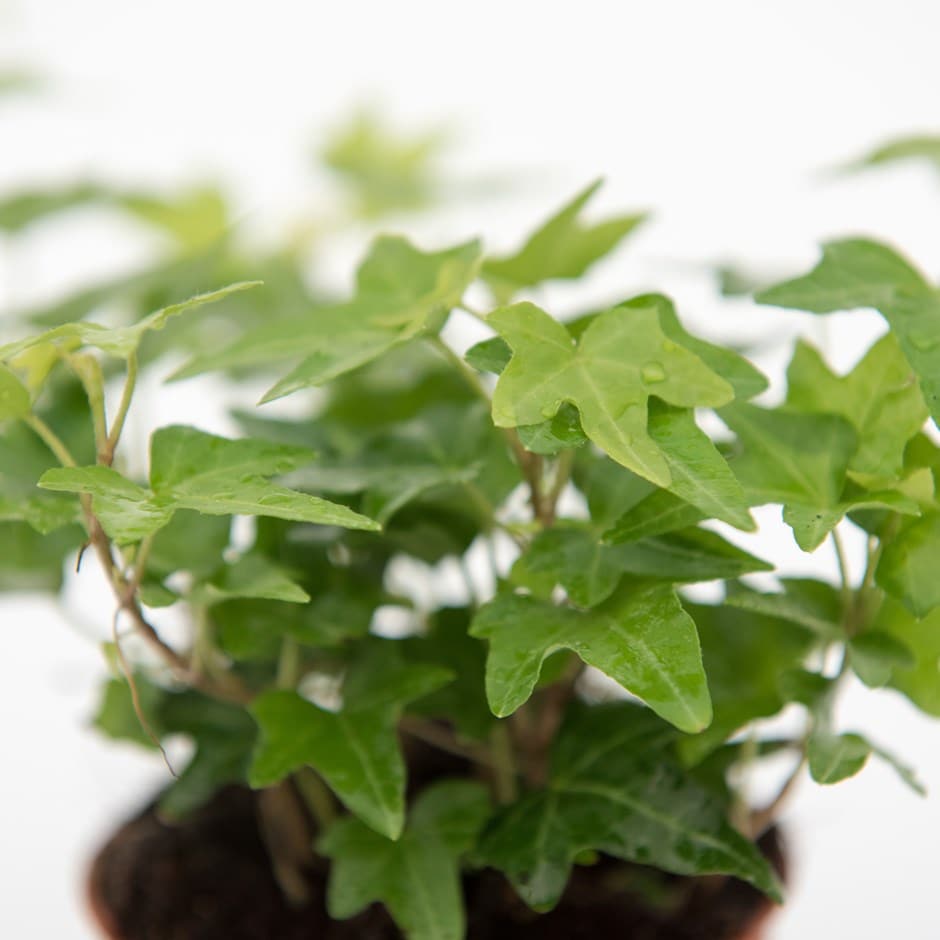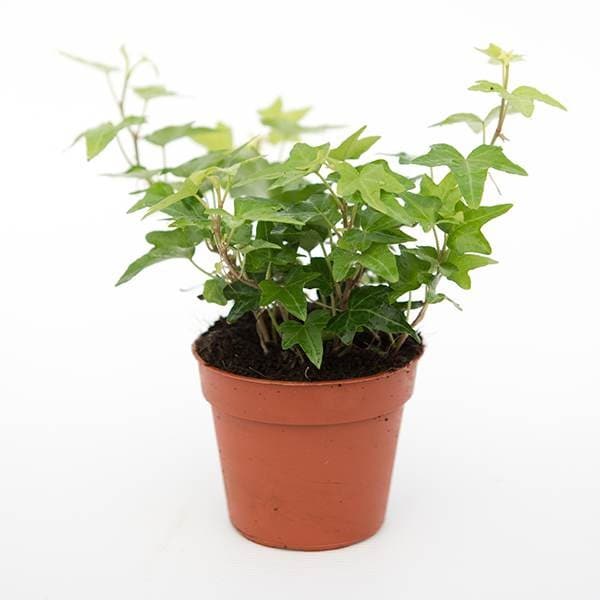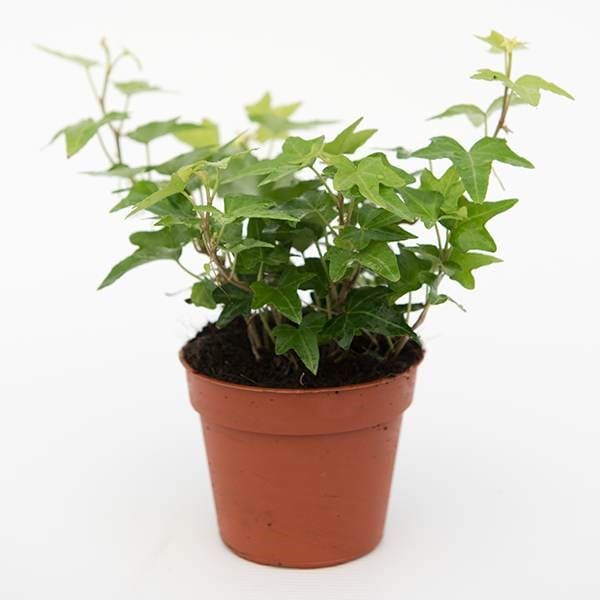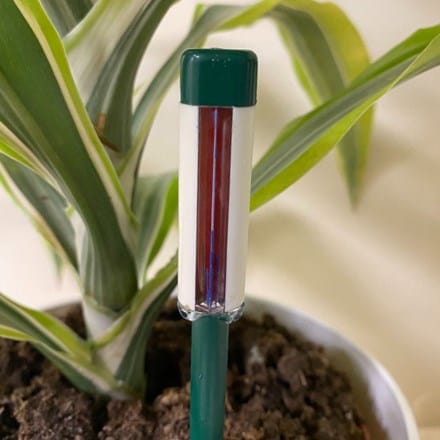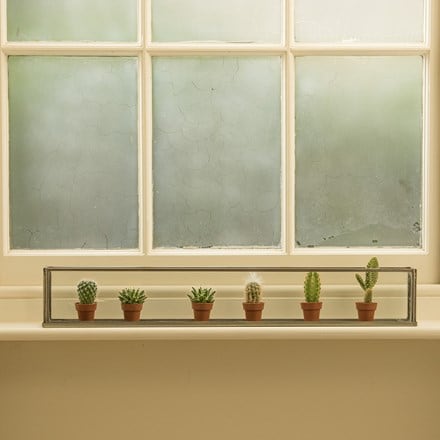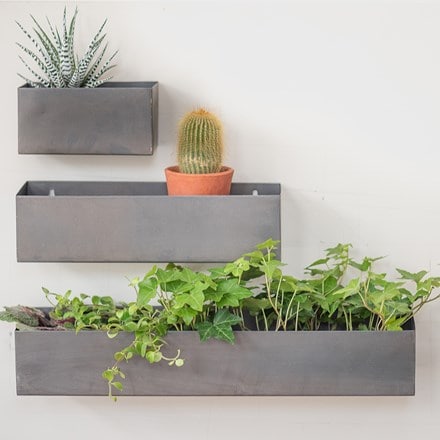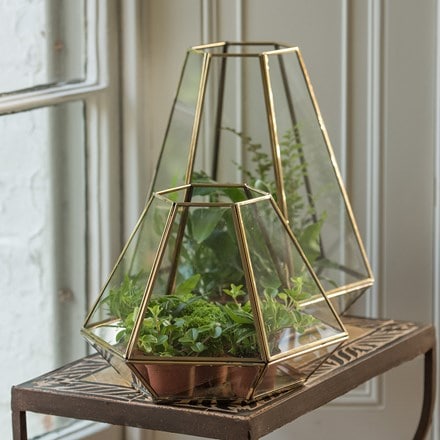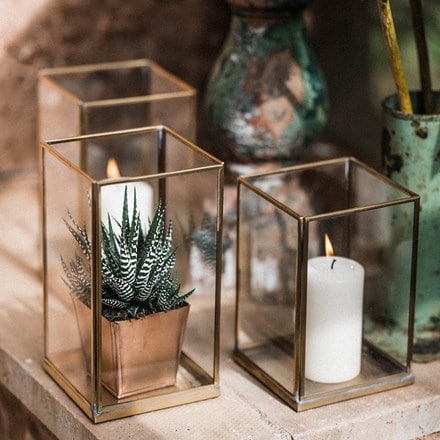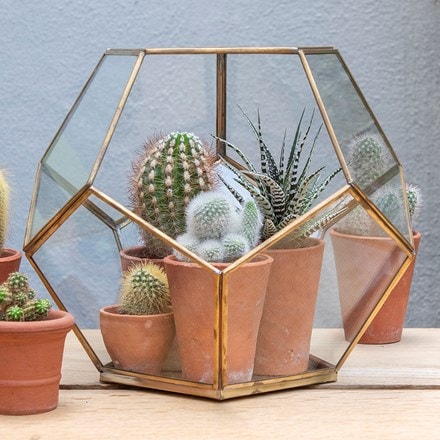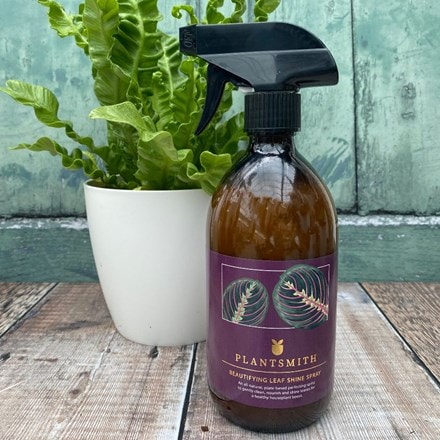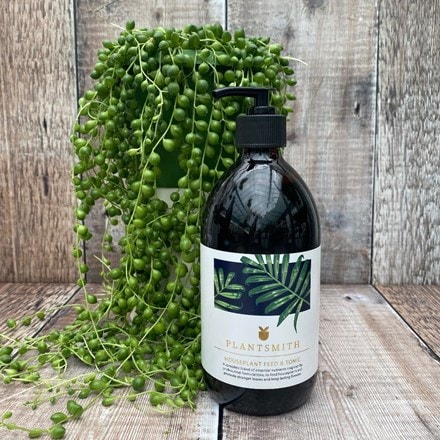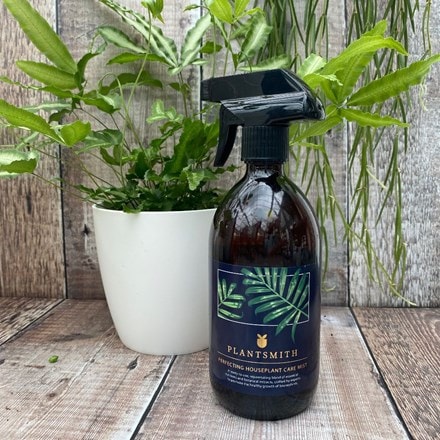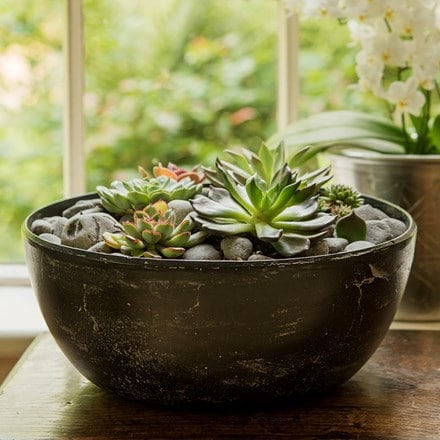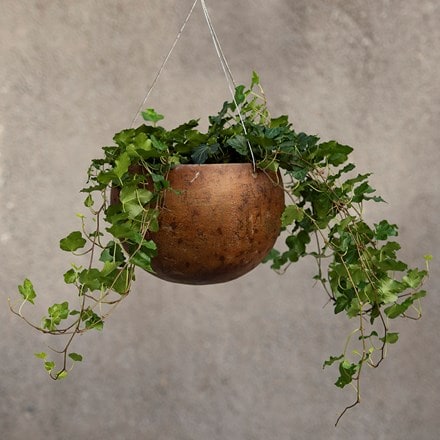Hedera helix
English ivy or common ivy
- 3 + 3 FREE 8.5cm pots
- £17.97 £3.00 each
- In stock (shipped within 2-3 working days)
- 6cm pot | 12cm tall
- £5.39 £5.99
- In stock (shipped within 1-2 working days)
- 8.5cm pot
- £5.99
- In stock (shipped within 2-3 working days)
Delivery options
- Standard £5.99
- Position: full sun or partial shade
- Soil: humus-rich, preferably alkaline, moist, well-drained soil (or John Innes No.3 potting compost for container-grown plants)
- Rate of growth: fast
- Hardiness: fully hardy
A tough and adaptable plant, which when young, will look great spilling over the edges of seasonal pots and baskets. hedera helix does get big however and if planted in the border, this self-clinging evergreen climber can also be used to cover ugly walls and fences in good time - or provide a lush green carpet in the dry shady areas beneath shrubs and trees where little else will grow. It's an excellent choice for the wildlife garden since it supports a wide range of native species, but it can also be grown as a houseplant (we did say it was adaptable!) where it will help reduce indoor air pollution.
Water specimens grown as houseplants regularly during the growing season, providing a balanced liquid fertiliser each month. Keep moist during the winter months. Plants may be pruned at any time of the year to keep within bounds.
This ivy is fully hardy and can also be planted outside. If growing ivy against a wall or fence, plant 30cm (12in) away and angle towards support. Plant level with the soil surface and incorporate some well-rotted compost into the backfill, sprinkle some mycorrhizal fungi over the rootball and firm the soil around the plant. Water thoroughly after planting and mulch to retain moisture.
Once established, ivy can provide a protective habitat for birds and other animals, so any pruning should be tackled ahead of the nesting season in late winter or early spring. Before pruning, observe for a few days, and if birds are returning to one spot, consider leaving it alone as nest building may already be underway.
This ivy is fully hardy and can also be planted outside. If growing ivy against a wall or fence, plant 30cm (12in) away and angle towards support. Plant level with the soil surface and incorporate some well-rotted compost into the backfill, sprinkle some mycorrhizal fungi over the rootball and firm the soil around the plant. Water thoroughly after planting and mulch to retain moisture.
Once established, ivy can provide a protective habitat for birds and other animals, so any pruning should be tackled ahead of the nesting season in late winter or early spring. Before pruning, observe for a few days, and if birds are returning to one spot, consider leaving it alone as nest building may already be underway.
- Humans/Pets: Harmful if eaten; skin irritant/allergen
Goes well with
Simple terrarium / tealight holder with tray base
small W12.5 × H18cm
£14.39
In stock (shipped within 2-3 working days)
Rough cast oval aluminium bowl - charcoal black
30 × 22 × 12.5cm
£37.99
In stock (shipped within 2-3 working days)
